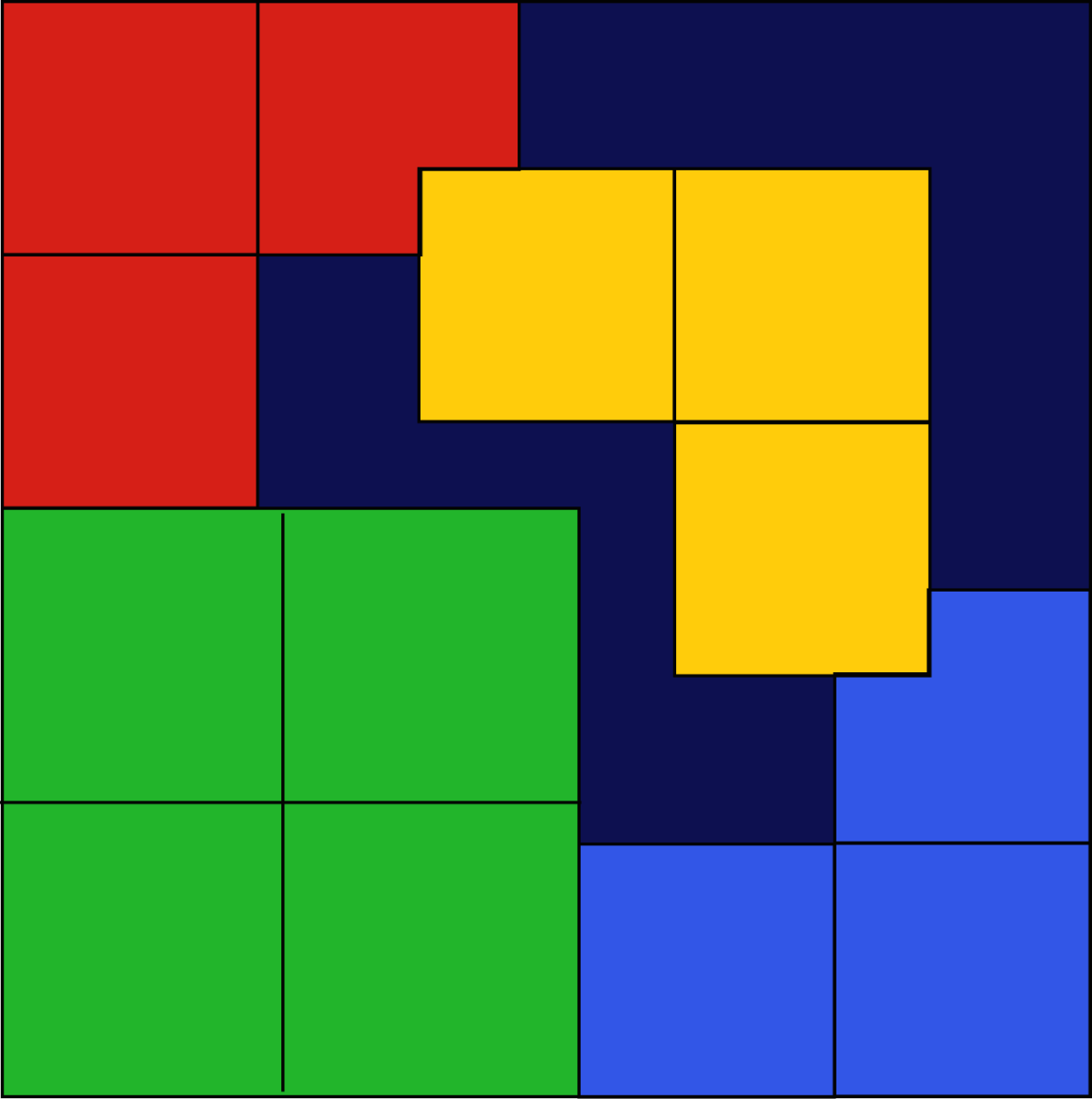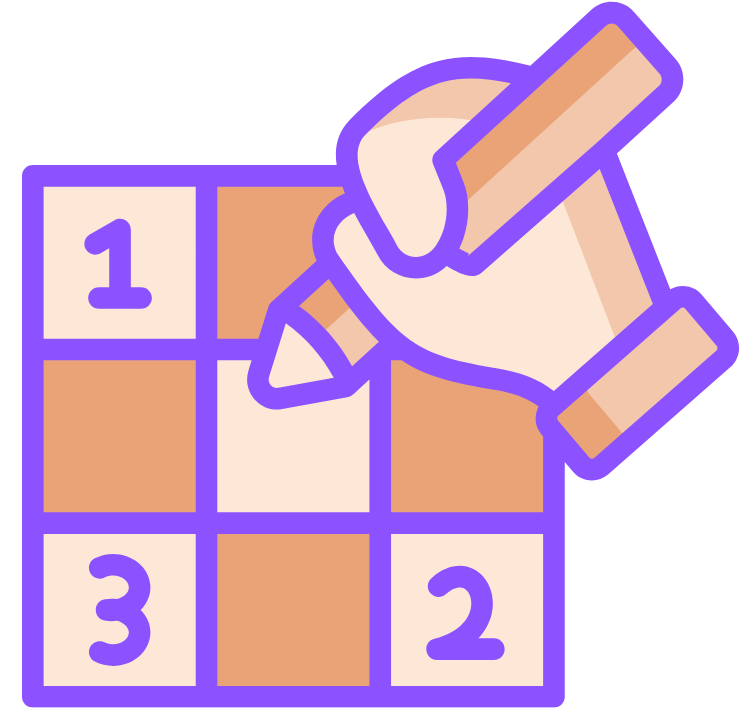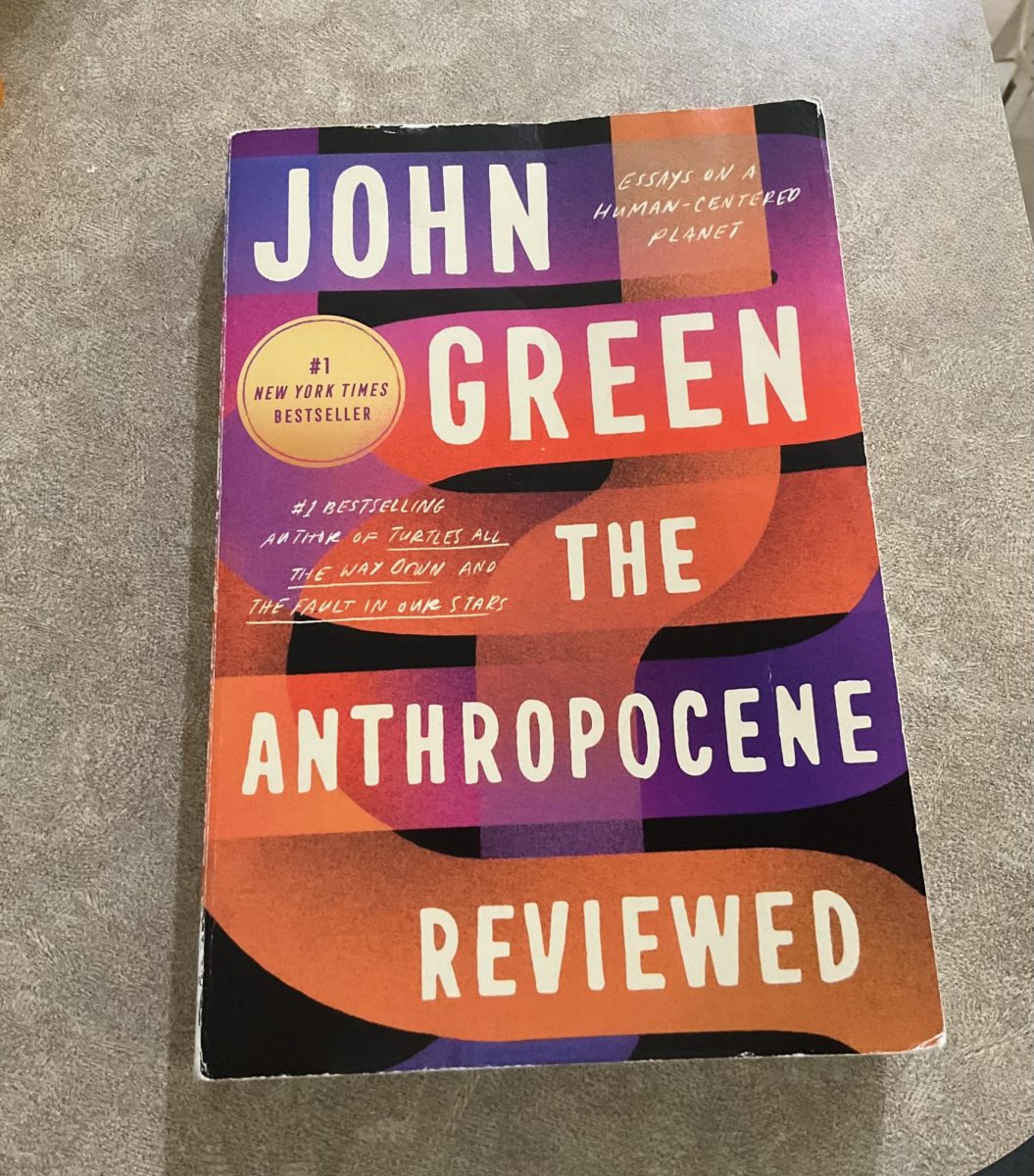Block Blast has been popular among teenagers for months, ranking at the top of the charts for both iPad and iPhone. The game has flooded, the halls of SHS, used either as an easy and entertaining way to pass the time or to compete against friends for the highest score. Undoubtedly, Block Blast is extremely addicting, but what is the psychology behind this phenomenon?
Similar to games such as Tetris and Candy Crush, the problem-solving process of Block Blast is incredibly satisfying. Solving a difficult problem in the game releases the chemical dopamine, also known as the key to the brain’s reward system. Rushes of dopamine reinforce these behaviors and lead individuals to want to play again and again. The achievement of gaining a new high score, (even without exerting much effort,) can cause a dopamine rush, and consequently creates a positive reinforcement loop in the brain.
Furthermore, the bright bursts of colors, combination movements, and colorful blocks used in the game capture people’s attention and stimulate it readily. These colors are also associated with positive emotions, which makes them appealing to the senses. Finally, Block Blast is significantly less intense and stressful than similar block games like Tetris; as a result, many students pick up Block Blast for an easy, relaxing game to play whenever and wherever.
Block Blast has left a lasting impact on many SHS students, but will it be prevalent forever? Games such as “Among Us” and “Watermelon” were once popular, chart-topping games among high school students but have disappeared rather quickly. However, until a new trending game rises, Block Blast will hold precious space in many people’s phones.











